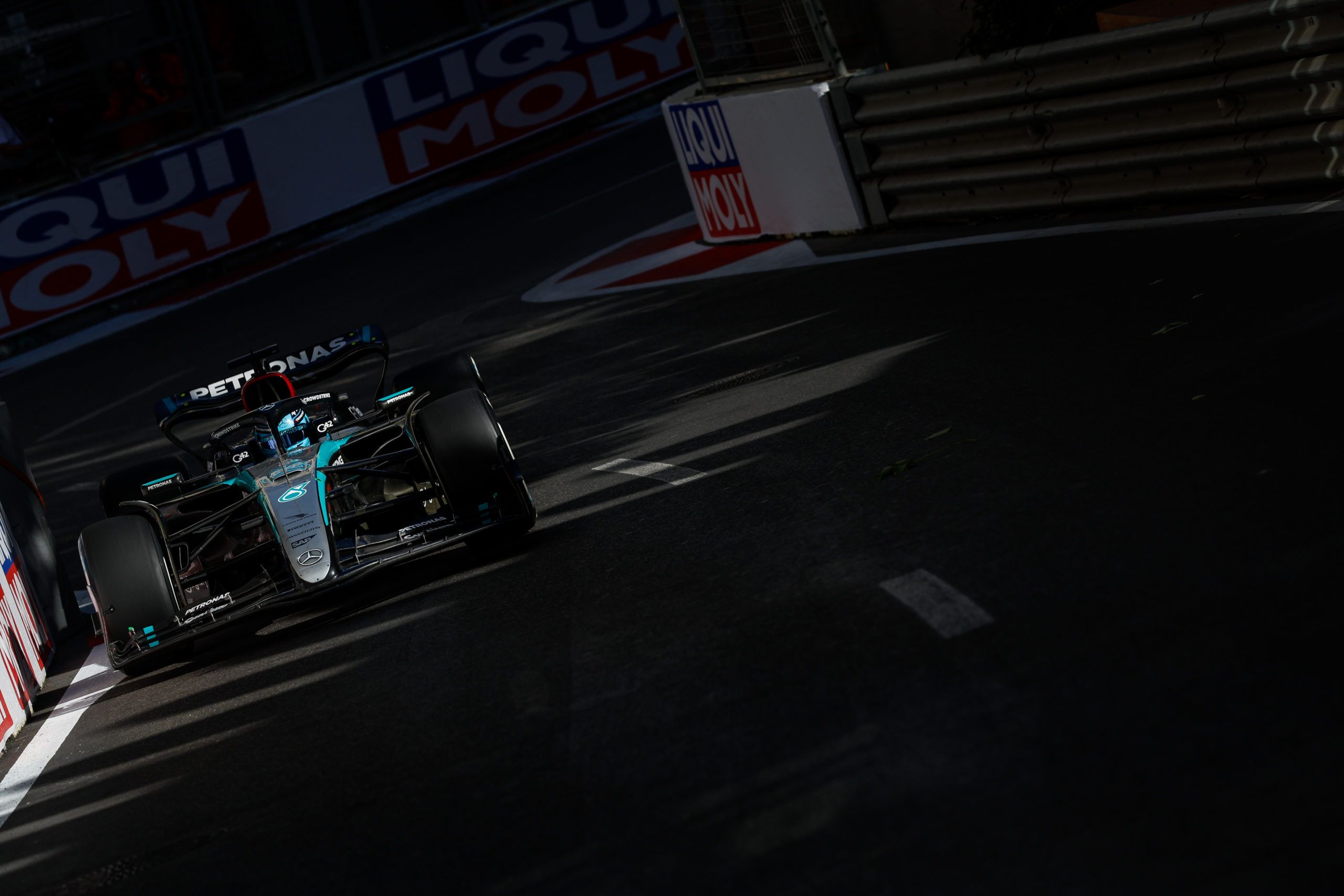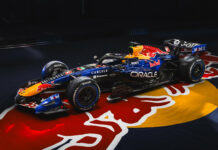Pirelli chief Mario Isola had to sit with George Russell post the F1 Azerbaijan GP after the Brit’s assessment of the 2024 tyres.
Mercedes’ Russell was not a happy chap post the F1 Azerbaijan GP, especially due to the tyres and its performance range. Throughout the 2024 season, many have complained about the window of operation being very slim and that they have to push a lot to get the right temperature in, for qualifying laps.
And things keep changing too, where one thing that worked with one particular compound at one moment in the weekend, it will not necessarily be the same the second time. From track to track, it is still an understandable thing, but at the same venue, it causes a headache for the whole team.
Although Russell ended up on the podium after a late crash, the Brit was not too happy with the tyre performance at large. “Honestly, it is actually pretty infuriating that it changes this much,” he said to F1 TV. “It’s not just the Mercedes, it’s every team and every driver. One session, you’re fast, the next you’re not. And there’s only one thing that changes.
“It’s black magic. I think even the people who make the tyres don’t understand the tyres. I think we all need probably serious conversations again about what’s going on, because we’ve got 2,000 people working their butts off to deliver the fastest car. Twenty laps of the race, we had a car that was comfortable of fighting for victory, the twenty other laps we had a car that probably shouldn’t have been in the points – and the only difference is the tyres and it’s not good enough, really,” summed up Russell.
This media outburst led to Pirelli chief Isola having a discussion with Russell after the grand prix. Since then the drivers have been a bit mindful as they suggested in Singapore. The Italian, meanwhile, gathered the Brit’s feedback and had his assessment put out as well.
He notes that the investigations and analysis by the Pirelli team suggests that there are variable factors in play which leads to performance difference.
“I spoke with George and we had a nice chat together, because obviously I understand that in the heat of the post-race interviews, with the adrenaline that was still very high, he said something to the media,” said Isola to Motorsport Network. “On top of that, we also did some investigation, as we usually do after every race, to understand the behaviour of the tyres.
“It is true that the pace of George on the medium was not great, while on the hard he was much quicker. But we know that the pace is a combination of elements. The set-up of the car is really important, the track evolution is really important, and the way in which the driver is treating the tyre in the first couple of laps, that’s another very important element that in Baku was clearly visible.
“If you look at the last stint on the hard compound, we had some drivers that were obliged to push, like Leclerc, for example, because he was following and he was stressing the hard compound. In the last few laps, he was not able to keep the pace of Oscar that was leading. George was running the first couple of laps saving the hard compound, not pushing too much, and he was much, much faster at the end.
“That was not the case on the medium. To be honest, if I look at the majority of the cars, we didn’t find anything strange looking in the compound behaviour. We made a comparison of the level of degradation of McLaren, Red Bull, Ferrari, the top teams, and they are very, very close and comparable.
“The delta lap time was confirmed, the behaviour of the compounds, both the medium and the hard, was confirmed. So, I cannot find anything strange. I believe that the two compounds that were used in Baku were working as expected. If we talk about the hard and the medium in general, you have a hard compound that is more forgiving.
“If you stress the tyre more, the tyre is, in any case, more consistent. That means if you overheat the tyre, this effect is less visible because the compound has a higher working range, so you can push more. On the medium or the soft, clearly you increase this [overheating] effect quite a lot, and depending on the circuit, this delta effect can be much wider.
“It is also true that in a championship where we have at least four teams that are very, very close, every thousandth of a second counts in a race, and any difference is more visible. So, the reason why sometimes you have these different performances between one compound and the other is if you set-up the car in an optimal way for one compound, the risk is that you don’t have the same result on the other. You stress the tyre more, you overheat it more, you accelerate the degradation, and you generate the graining.”
Here’s Pirelli wet tyre test with Mercedes
Here’s Toto Wolff laughing off Christian Horner’s George Russell suggestion
Here’s Lewis Hamilton on all fine between him and Mercedes
Here’s Mercedes admitting mistake with Singapore GP strategy
Here’s link to a F1 Discord channel, join in to interact



















